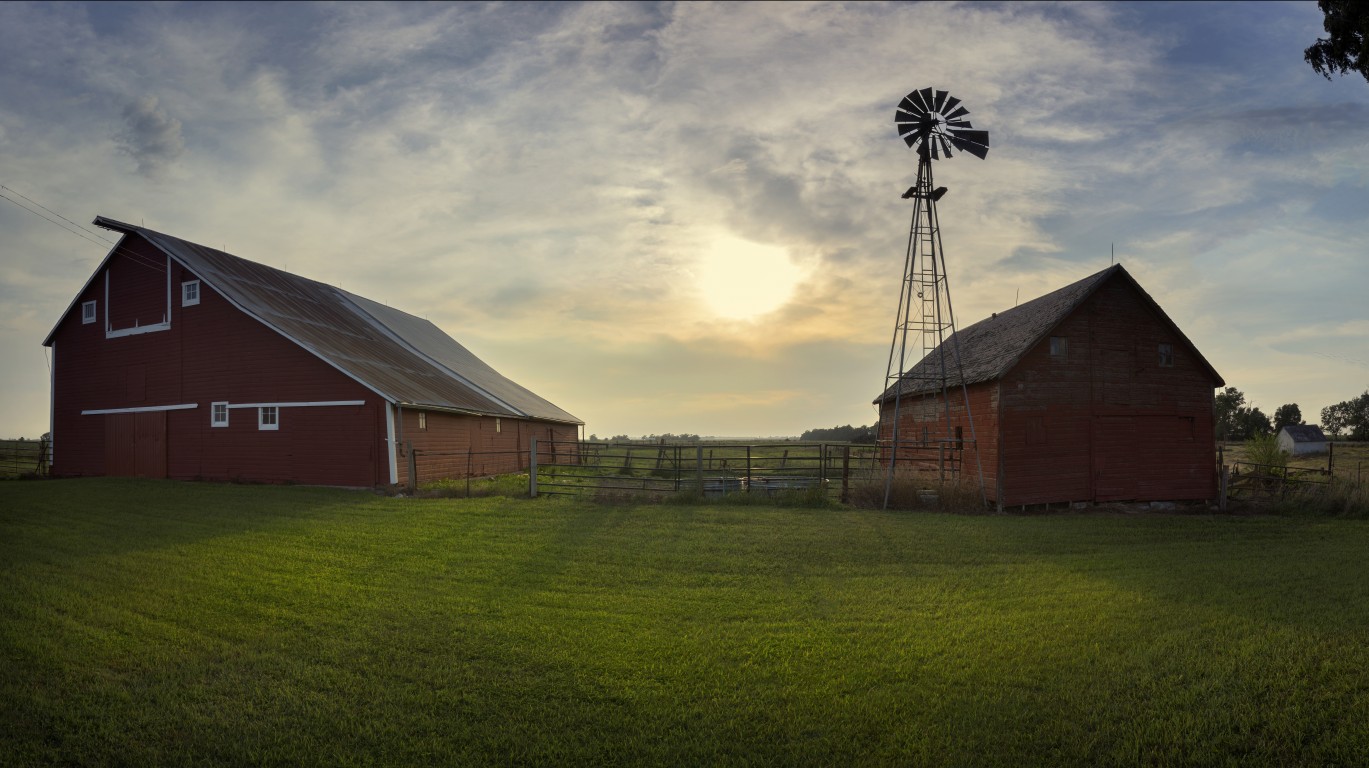Health and Healthcare
COVID-19: This Is the Deadliest County in America

Published:

The rates of new confirmed COVID-19 cases in America have risen sharply in the past few days, taking daily case counts to record levels. For several days in the past two weeks, the number jumped above 150,000. Yesterday, cases rose by 190,481 to 14,055,018. Some states did not report numbers because of the holidays. This means that some of the most recent numbers could be artificially high. However, the trend is clear.
The winter will be worse. Fatal case rates have not been as bad as when the nation was hardest hit by this measure from early April to mid-May, when the counts rose above 2,000 nationwide on some days. However, the number of coronavirus fatalities has begun to reach over 1,500 a day recently. Total fatal cases in the United States now total 276,576, after a one-day gain of 2,664. Once again, that figure is artificially low because some states did not report due to Thanksgiving. However, it is the worst day since the pandemic started.
Rates of both confirmed and fatal cases are highly uneven across the nation. The county with the worst rate of fatal cases per 1,000 people is Jerauld County, South Dakota. It has a five-year average population of 2,029. Deaths per 1,000 stand at 6.41, many multiples of the national average.
Jerauld County is in the center of the state. It has been steadily losing population since 1930, according to information from the U.S. Census. Over 98% of the population is white. Almost 20% of the population lives below the poverty line, which is well above the national average.
According to The New York Times, South Dakota currently is one of the hardest-hit states in America and one where the rates of “new deaths are increasing.”
Next on the list based on deaths per 1,000 is Dickey County, North Dakota, at 5.63. It has a five-year population average of 4,970.
Hancock County, Georgia, follows with a death rate of 5.39 per 1,000 people. This county sits east of Atlanta, and its average population over the past five years was 8,535.
The next county is Emporia, Virginia, with 5.20 deaths per 1,000 people on December 1. It has a five-year average population of 5,381 and is in the southern part of the state, near the North Carolina border.
Turner County, South Dakota, is fifth on the list based on fatal cases per 100,000 with 5.08. Its five-year average population is 8,264.
Another measure of how hard a county has been hit is confirmed cases per 1,000. On December 1, this figure was highest in Crowley, Colorado, where the number was 220.43. Its average five-year population is 5,630.
Second was Trousdale, Tennessee, where the number was 200.36. The county has a five-year average population of 9,573.
Bon Homme County, South Dakota, is next with 196.01 confirmed cases per 1,000. Its five-year population average stands at 6,969.
Norton County, Kansas, follows with 191.03 confirmed cases per 1,000 people. Its five-year average population is 5,486.
Chattahoochee, Georgia, ranks fifth for confirmed cases per 1,000 at 185.57. Its population is 10,767.
Jerauld, Bon Homme, Norton, Crowley and Dickey are in the hard-hit areas of the upper Midwest, based on the lists of confirmed death rates and confirmed case rates. Others are in the South. Without exception, they are in rural areas.
Thank you for reading! Have some feedback for us?
Contact the 24/7 Wall St. editorial team.